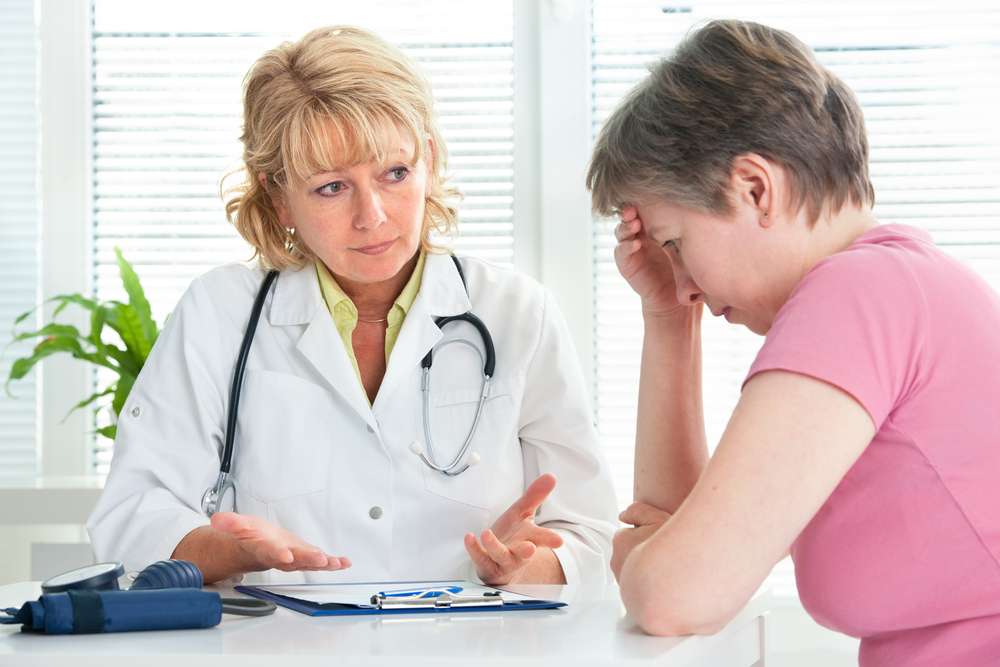Spinal Stenosis- Causes, Symptoms, And Treatment
According to the medical dictionary, the term stenosis refers to the abnormal shortening or narrowing of a body channel. Thus the term spinal stenosis means the shortening or narrowing of the spine. This is something that happens to all human bodies with age and sometimes can also have very harmful effects. This is because this health condition involves pressurizing the spinal nerves or the spinal cord.
A very few people are born with the problem of spinal stenosis, and another few never face this health problem.

Symptoms of spinal stenosis
There are a number of symptoms related to spinal stenosis, depending upon the position of the problem. But here are some of the common symptoms of spinal stenosis:
- The pain will not be a continuous process
- It will be sharp and for short intervals of time
- The pain may occur during certain specific activities
- The pain may occur during specific postures
- The body feels rested while sitting or lying down, i.e., keeping the spine straight
- The body feels rested by flexing forward
Lumbar and cervical stenosis
If the stenosis occurs in the lower part of the spine, it is known as lumbar stenosis. During this process, the spinal nerves in the lower back become compressed, leading to weakness and numbness spreading to buttocks and legs, mainly during activity.
Cervical stenosis is when the spinal canal in the neck narrows due to either degenerative change or outside trauma. This can lead to a condition known as myelopathy, which can manifest itself in any part of the body. The usual symptoms are the pain, numbness, weakness, and loss of coordination of the limbs.
Simple treatments for spinal stenosis
In case the spinal stenosis is not too severe, there are a few home remedies that can help cure the pain.
Physical therapy : There are a plethora of physical therapy programs that deal with spinal problems. Therapy, along with some simple home exercises, can do wonders to those suffering from spinal stenosis. But it is advisable not to perform any heavy physical work during such a period.
Activity counseling : A lot of our day-to-day activities affect the condition of spinal stenosis and bringing about small changes in them can help make it better. This should be done according to a physician. In most cases of lumbar stenosis, patients are asked to modify their walking style by flexing a little forward, rather than being upright. Some other changes may include sitting in recliners, instead of chairs without proper back support or stationary biking as a form of exercise, instead of walking.
Medication for spinal stenosis : There are some short-term pain-removal medications in case the pain you experience from spinal stenosis is too severe. But in such cases, it is advisable to visit a doctor.
Surgery to treat spinal stenosis
Sometimes, the compression effects of spinal stenosis can have a dire effect on the spinal nerves and require the need for surgery. The process of relieving the pressure on the spinal nerves is known as a decompression surgery. This surgery is done mostly in extreme conditions of spinal stenosis.
Although medical science has improved by leaps and bounds over the past few years, the decompression surgery is a tricky one and requires a lot of things to go right. The patient is highly advised to take multiple references before deciding to go in for such surgical procedures. If there are no other medical risks at hand, the process is usually successful.
Spinal stenosis is caused by narrowing of the spinal canal, thereby leading to pressure on the spinal nerves. It is usually characterized by severe and short bursts of pain along your spine. If the condition occurs near the lower back it is known as lumbar stenosis and in case of the upper back, cervical stenosis. Cervical stenosis can lead to severe pain in any part of the body.
There are a number of home remedies for spinal stenosis such as physical therapy and activity counseling. But in case of severe forms, it needs to be treated through surgery. If you experience any of the symptoms of spinal stenosis, you should consult your physician without delay.
The treatments for spinal stenosis may vary from patient to patient, in accordance with unique health conditions and risk factors, such as age. You should do adequate research before trying out the natural remedies at home. You can also combine the natural remedies with medication. However, it is advisable to consult your doctor before implementing any home remedy.


